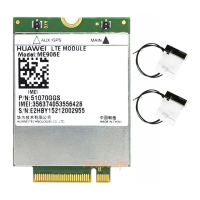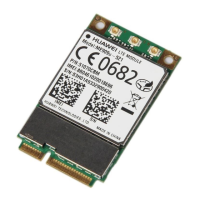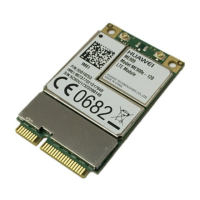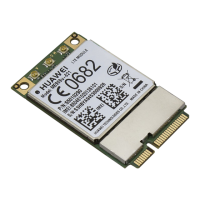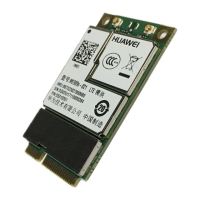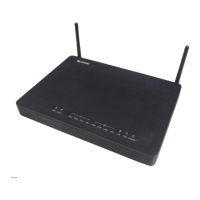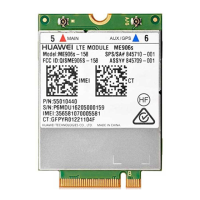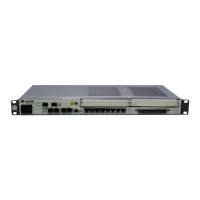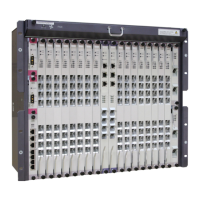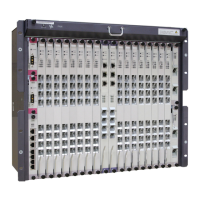HUAWEI Proprietary and Confidential
Copyright © HUAWEI Technologies Co., Ltd.
2.5.2 Antenna Interface Design Guide
To implement compatibility among the Huawei 30 mm × 30 mm LGA modules, pay
attention to antenna interfaces pin 107 (MAIN_ANT), pin 111 (GPS_ANT), and pin
115 (AUX_ANT).
Pay attention to the interface differences among the MU509 and other 30 mm × 30
mm LGA modules.
Table 2-12 Differences of the antenna interface in pad size and function
RF Signal Trace in the Main Board Design of Customers
It is recommended that you design antenna interfaces as follows:
The antenna signal trace must be as short as possible, and controlled with 50 Ω
impedance.
The antenna interfaces pin 107, pin 111, and pin 115 should be also controlled
with 50 Ω impedance.
A π matching network must be reserved for radio frequency (RF) trace between
output pins of MAIN_ANT, AUX_ANT, and GPS_ANT and antenna interfaces.
There is an example of the matching network for MAIN_ANT as shown in Figure
2-17 .The components of G_C1, G_L1, and G_L2 compose a π matching
network. The G_C2 is for DC blocking and matching design. The matching
network for AUX_ANT and GPS_ANT are the same as the MAIN_ANT.

